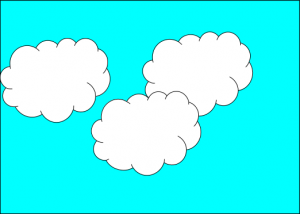Pollinators- DRAFT ONLY
Learning Objectives
What is Pollination:
Pollen is a yellow dust-like substance that contains a plant’s male sex cells. Pollination is the transport of pollen from one plant to another to allow fertilization.
Why are Pollinators Important:
“A pollinator is anything that helps carry pollen from the male part of the flower (stamen) to the female part of the same or another flower (stigma)”.
This includes a wide variety of animals, from the ubiquitous bee to butterflies, moths, and even some mammals like bats (Figure 1-2).


Pollinators are important because they help stimulate plant growth: about 80% of plants require pollination in order to reproduce. This has serious repercussions for many parts of the environment and economy.
Clean Air:
Pollination supports plant reproduction and growth. As they grow, these plants take carbon dioxide out of the atmosphere and convert it to oxygen, which we humans use to breathe. This helps to clear the air of pollution and make the Earth more suitable for human habitation (Figure 3).

Food Production and the Economy:
Pollination is also important in crop production, with many human grown crops (including many fruits and vegetables) requiring pollination (Figure 4). This impacts the amount of food available for human consumption as well as the economy (crop production and farming are important parts of the overall economy).

Negative Human Impacts:
Humans have negatively impacted pollinators and their ability to pollinate in a number of different ways, most within the past few hundred years or so (Figure 5).

For example, the use of pesticides on plants in order to protect them from pesticides has had the adverse effect of killing and harming pollinators who attempt to pollinate plants covered in these pesticides (Figure 6).

Another way humans have negatively impacted pollinators is through the destruction of habitats. For example, the monarch butterfly has experienced habitat loss throughout its normal range, contributing to a decline in their numbers.
Positive Human Impacts:
Despite these negative impacts, humans have in recent years helped to positively impact (Figure 7) pollinators in a few key ways.

For one, the planting of pollinator gardens has helped to create areas that will attract pollinators and provide them with the food they need. For example, planting milkweed for monarch butterflies so their caterpillars have food.
Another way of helping pollinators involves creating potential nesting sites. For example, leaving a dead tree or limb undisturbed (if it’s not a safety hazard) as a potential nesting site for carpenter bees (Figure 8).

For some species in more serious trouble, like the monarch butterfly, other efforts such as using tags to monitor monarch butterflies in local areas and as they migrate, have also been implemented.

